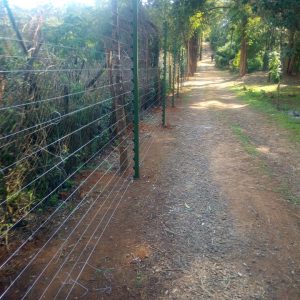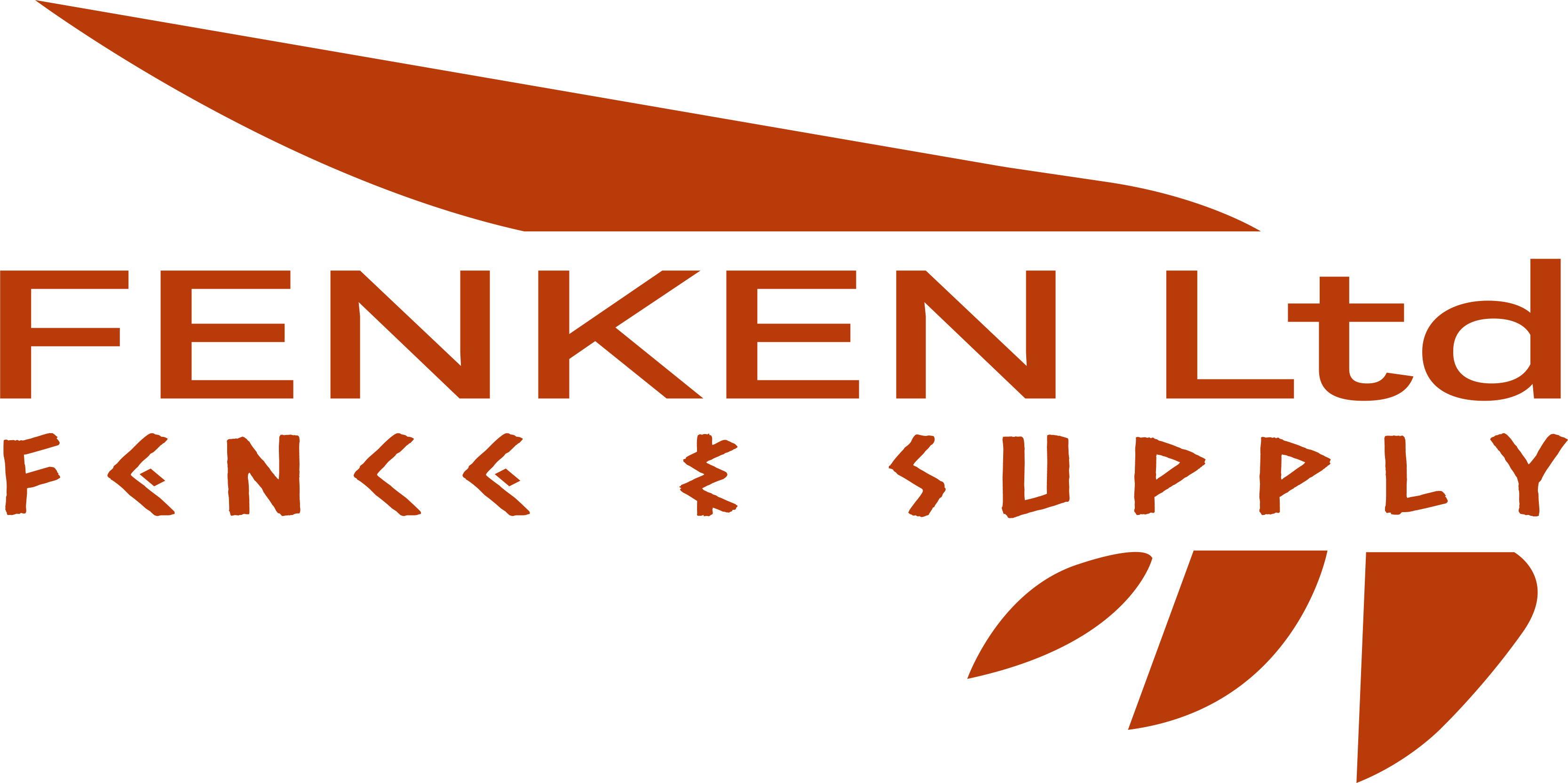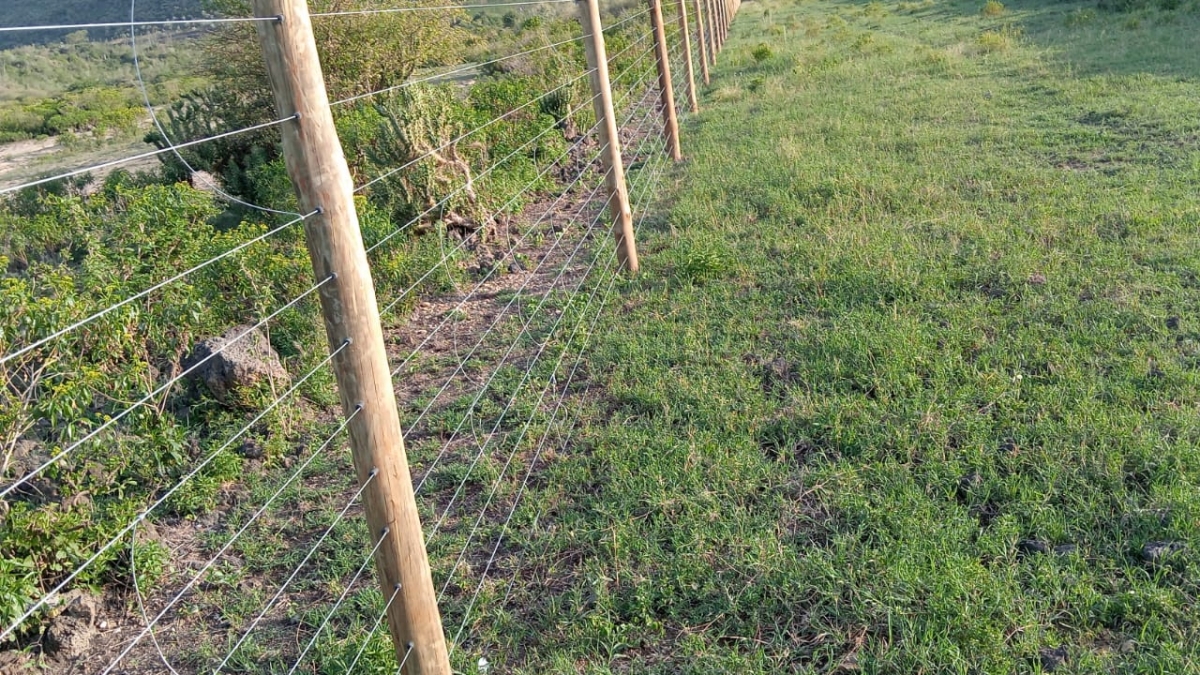When it comes to installing fences, it’s essential to strike a balance between property security and wildlife conservation. Traditional fences can pose challenges to wildlife by causing habitat fragmentation or leading to animal entanglement. In this blog post, we will explore various strategies and design considerations to create wildlife-friendly fences that promote coexistence and biodiversity.
Understanding Wildlife-Fence Interactions
The presence of fences can have a significant impact on wildlife populations. Traditional fences can act as barriers, hindering the movement of animals and disrupting their natural habitats. They can also lead to accidental entanglement or injury, particularly for smaller mammals, birds, or reptiles. Understanding these interactions is crucial for designing fences that mitigate these negative effects.
Fence Design Considerations for Wildlife Conservation
When designing wildlife-friendly fences, there are several considerations to keep in mind. First, fence height plays a crucial role. A fence that is too tall can impede wildlife movement, while a fence that is too short may not effectively deter larger animals. Finding the right balance is essential to accommodate different species’ needs.
Another important consideration is fence visibility. Animals need to be able to detect fences to avoid collisions or entanglement. Using materials that allow visibility, such as mesh or spaced pickets, can help wildlife perceive the fence as a barrier and navigate around it more effectively.
Incorporating Wildlife Habitats into Fence Design
To create wildlife-friendly fences, it is beneficial to integrate natural elements into the fence design. Adding shrubs, trees, or native plantings along the fence line creates wildlife corridors, allowing animals to move freely while providing cover and foraging opportunities. These wildlife-friendly zones adjacent to fences can help sustain local wildlife populations and promote biodiversity.

Collaboration with Wildlife Conservation Organizations
Partnering with local wildlife conservation organizations can provide valuable insights and guidance when designing wildlife-friendly fences. These organizations have expertise in understanding local wildlife behavior and can offer recommendations tailored to the specific needs of the area. Collaborating with them ensures that the fence design aligns with conservation goals and maximizes benefits for wildlife.
Educating Others and Raising Awareness
Creating wildlife-friendly fences goes beyond individual properties. Educating neighbors, contractors, and community members about the importance of wildlife-friendly fencing practices is vital. By raising awareness and sharing knowledge, we can collectively contribute to the conservation of local wildlife populations. Promoting wildlife-friendly fencing within our communities fosters a culture of coexistence and encourages others to take similar actions.
Conclusion
By incorporating wildlife-friendly design considerations into our fences, we can create a harmonious balance between property security and wildlife conservation. Taking into account factors such as fence height, visibility, and incorporating wildlife habitats into the design, we can mitigate the negative impacts of fences on wildlife populations. Collaboration with wildlife conservation organizations and raising awareness within our communities are crucial steps towards promoting wildlife-friendly fences. Let’s strive to protect and preserve local wildlife by implementing these strategies, promoting coexistence, and fostering a healthier, more biodiverse environment.

